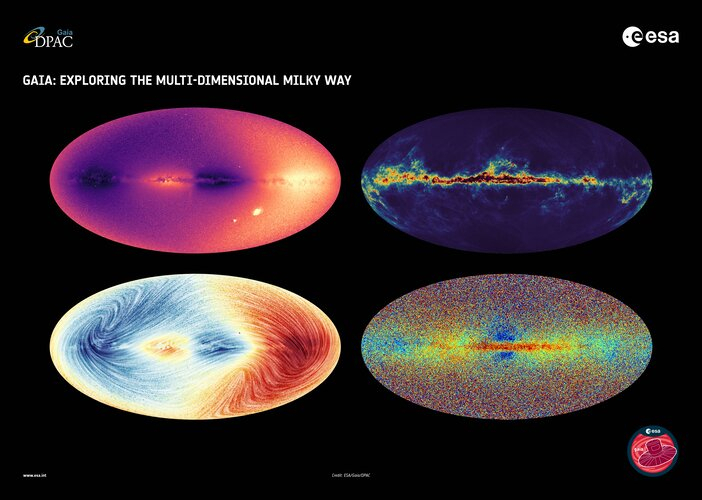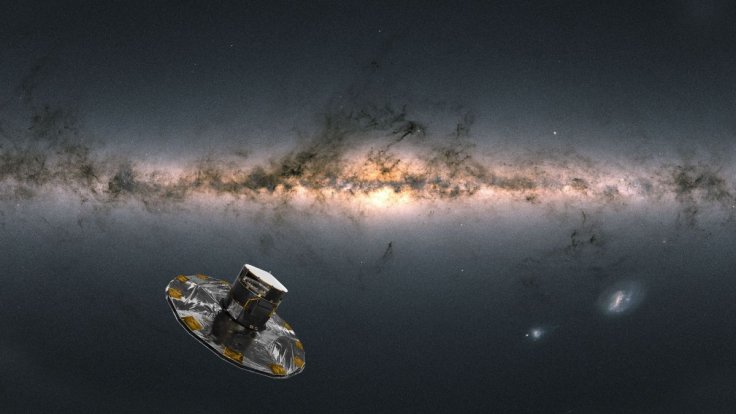Gaia mission of the European Space Agency has unveiled the third data release of its quest to create the largest and most precise three-dimensional map of the Milky Way.
According to the ESA the new data set includes details for nearly two billion stars in our galaxy. There is extensive information provided of binary stars, asteroids, moons of various planets along with millions of galaxies and quasars beyond the Milky Way.
The main focus of the survey was that there were a few unexpected but incredible discoveries of starquakes and DNA of the stars. The scientists mentioned that previously Gaia had discovered radial oscillations that had caused the stars to swell contract at regular intervals.

However, this time the spacecraft was able to detect vibrations on the surface of the star that could easily rival large-scale tsunamis. These vibrations were changing the shape of the star and hence were a little difficult to spot.
According to Scitech Daily, referring to these nonradial oscillations as "starquakes," the survey reveals that these vibrations are very rarely spotted on the surface of the stars but Gaia found that thousands of them appeared to oscillate in a similar manner.
"Starquakes teach us a lot about stars, notably their internal workings. Gaia is opening a goldmine for 'asteroseismology' of massive stars," said Conny Aerts of KU Leuven in Belgium, a member of the Gaia collaboration.
As for the DNA of the stars, the survey states that after the Big Bang only lighter elements such as hydrogen and helium were created, the rest heavier elements were created within the celestial bodies.
When the stars die, these heavier elements – called metals by astronomers – are released into the interstellar medium. New stars are therefore born out of this process. Interstellar medium is the matter and radiation that exists between the stars.

The scientists explained that this exercise of active star formation and death defines the chemical composition of the celestial body, which in a way resembles its DNA. On the basis of this information, Gaia was also able to analyze which stars hailed from other galaxies.
Defining the Milky Way as a "beautiful melting pot" of stars, another member of the collaboration, Alejandra Recio-Blanco of the Observatoire de la Côte d'Azur in France, believes that the identification of the various origins of the stars is an extremely important information, as it will help in further understanding how the Milky Way was formed.
The Gaia mission is expected to operate until 2025 and as per the ESA the fourth and final data set of Milky Way's 3D map is scheduled for a release in 2030, after the spacecraft runs out of fuel.









